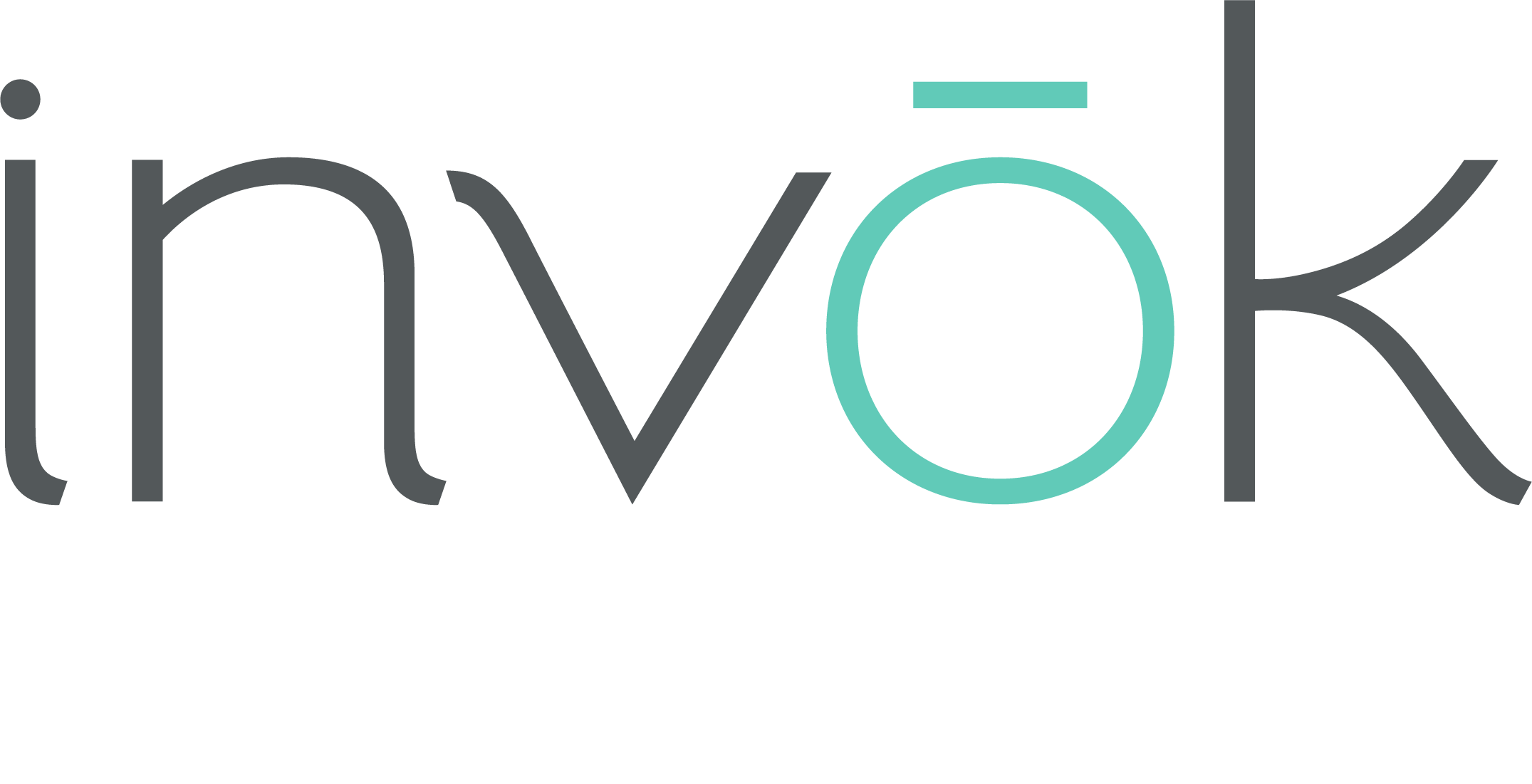The History of Nutrition Labelling in Canada
Throughout the evolution of nutrition labelling in Canada, the goal has always been to provide clear, consistent, and helpful information to the public, enabling Canadians to make healthier food choices. And the regulations continue to adjust over time based on scientific evidence, stakeholder feedback, and evolving public health concerns.
Here's a brief overview of the key developments in Canadian nutrition labelling.
Late 1970s to Early 1990s: Initial Efforts
In the late 70s and early 90s, Canada recognized the importance of providing nutritional information on food products. As a result, some manufacturers voluntarily offered it, but there was no consistent or standardized approach.
The examples above are actual nutrition labels from the 1980s. You can see that there was no uniform approach to colour, text cases, font, or wording. By leaving the design decision to the manufacturer, it was more difficult for the consumer to find the information they wanted – except calories – the most important nutritional measure for consumers at the time.
1990s: Nutrition Labelling Regulations
Canada introduced regulations in the 1990s that require certain nutrient declarations on foods that make nutrition-related claims. For instance, if a product claims it is "low fat," the nutritional label must disclose its fat content.
2003-2007: Mandatory Nutrition Labelling
After extensive consultations with the public, health professionals, and the food industry, the Canadian Government introduced amendments to the Food and Drug Regulations. Nutrition labelling is now mandatory for most prepackaged foods.
In late 2007, the Government expanded and clarified nutrient content claims regulations. The "Nutrition Facts" table becomes mandatory and gives consumers standardized information on calorie content and thirteen core nutrients.
2016: Modernizing, Enhancing, and Aligning Nutritional Labelling
In 2016, the Government amended specific Food and Drugs Act regulations. Three categories change: nutrition labelling, other labelling provisions, and food colours. The "Nutrition Facts" table reflects the latest scientific evidence to make it easier for Canadians to make informed choices. A new health claim links the consumption of fruits and vegetables to a reduced risk of heart disease. Food colours are identified by their specific name in the ingredient list.
The changes also harmonize some Canadian and American nutritional packaging to address a significant irritant experienced by the two countries, such as Daily Values and single-service size standards.
2016-2022: Implementation of Revised Nutrition Facts Table
The Canadian Government set a deadline for manufacturers to adopt the revised 2016 "Nutrition Facts" table. More prominent manufacturers were expected to comply by 2021, while smaller businesses are given an extension until the end of 2022.
2022: Front-of-Package Nutrition Labelling
Health Canada introduced a front-of-package nutrition labelling regulation in July 2022.
"We're improving food labels. A front-of-package nutrition symbol is required on foods high in one or more nutrients: sodium, sugars, and saturated fat. The food industry has been given until January 1, 2026, to make this change. However, you may start seeing the front-of-package nutrition symbol earlier."
2026: Front-of-Package Nutrition Labelling Comes into Effect
By January 1, 2026, foods high in sodium, sugars, and saturated fats must display new labels.
The regulation says the new symbols will go on the front of the package, on the top right-hand side. Many food and beverage package structures use this area for branding, marketing, or product news and features. So, along with package and production adaption, this regulation could also mean brands need to redesign product packaging.
Invok Brands has written a collection of articles too help brands address the new regulation.
You can read an overview of the regulation requirements, the package design opportunities open to brands due to the adaptation work, and a set of production design considerations to be aware of as you work with your agency.
Read our short insights each month about front-of-package labelling in Canada.
Disclaimer: This text and imagery are not intended to replace Front-of-package nutrition symbol labelling guide for industry.






